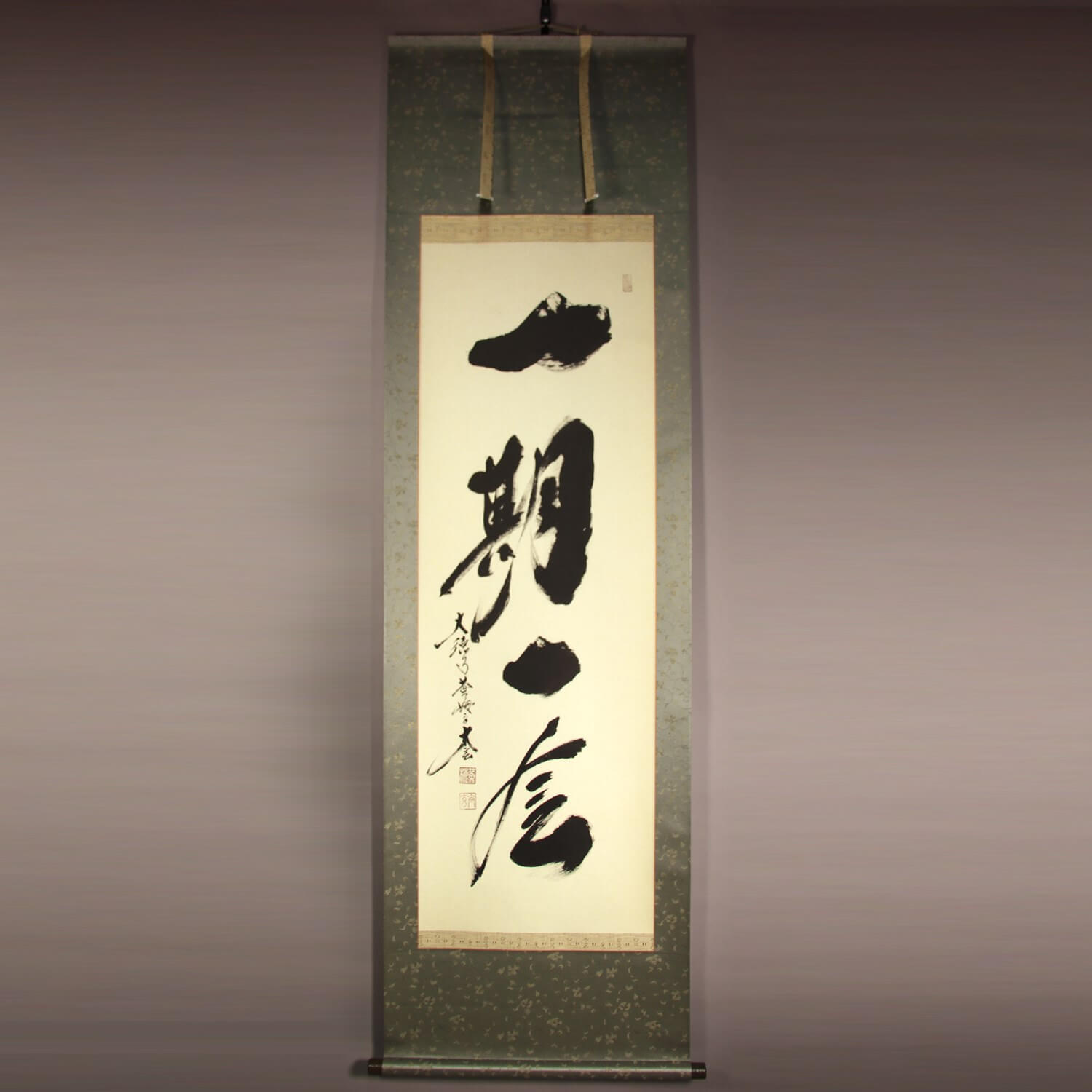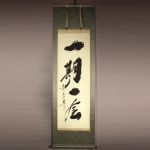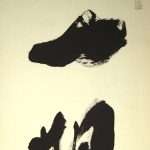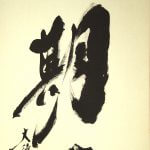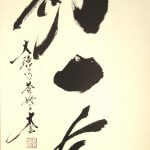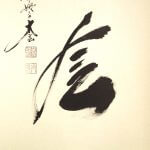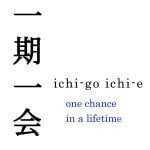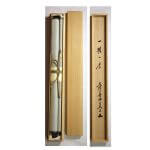Products Lineup
News / Blog
Other Menus
Kakejiku Hanging Scroll: Calligraphy: Ichi-go Ichi-e / Kobayashi Taigen - One Chance in a Life Time
- Product ID
- 0184
- Name
- Kobayashi Taigen
- Profile
The chief priest of the Ôbai-in sub-temple of the Daitoku-ji temple, Kyôto.
Kobayashi Taigen was born in 1938 in Shenyang and lost his parents at the age of six. At this time he was given to a monastery, where he was raised up.
In 1961 he completed a degree at Hanazono University in Kyōto where he thereafter trained under Ōtsu Rekidō, the 130th abbot of Shōkoku-ji. He then succeeded Ōbai-in’s abbot Miyanishi Genshō at Kyōto’s famous Daitoku-ji.
- Size
- 615mm x 1950mm
- Roller End Material
- Ceramic
- Material of the Work
- Japanese paper
- Price
- JPY 98,000
- Stock Condition
- Sold out
- Duty and Taxes
Import duty and taxes are beyond our control and may apply to your shipment. Please noted that these fees are the responsibility of the buyer.
- Description
Ichi-go ichi-e (lit. “one time, one meeting”) is a Japanese four-character idiom (yojijukugo) that describes a cultural concept of treasuring meetings with people. The term is often translated as “for this time only,” “never again,” or “one chance in a lifetime.” The term reminds people to cherish any gathering that they may take part in, citing the fact that many meetings in life are not repeated. Even when the same group of people can get together again, a particular gathering will never be replicated, and thus, each moment is always once-in-a-lifetime. The concept is most commonly associated with Japanese tea ceremonies, especially tea masters Sen no Rikyū and Ii Naosuke. The death was closer to people in the Sengoku period (c. 1467 – c. 1603), when tea ceremony culture reached full bloom, than the present day. Therefore, it is considered then that the concept of Ichi-go ichi-e was born.
There is a concept of “Mujō”, which is considered to be a fundamental concept of Buddhism, in Japanese aesthetic senses. The word “mujō” expresses the idea that all beings in the phenomenal world do not abide, but disintegrate and are in constant transition. The Japanese people love cherry blossoms because they are not permanent and give a feeling of mujō (transience). While Westerners seek beauty in “eternal beings,” many Japanese have a strong tendency to seek beauty in phenomena that is constantly transforming. Mujō can be regarded as unique characteristics of the Japanese concept of beauty that has been growing since the medieval era.
The word “Ichi-go ichi-e” was born from the aesthetic sense. It is often brushed onto scrolls which are hung in the tea room.
This piece is an Ichi-go ichi-e calligraphic work by Kobayashi Taigen, who is the chief priest of the Ôbai-in sub-temple of the Daitoku-ji temple, Kyôto. The moment of depicting the work and the artwork itself are once-in-a-lifetime even if the subject is the same. This is exactly the Ichi-go ichi-e.
It is interesting that the shape of the first character “ichi” differs from the one of the third character “ichi” even if they are the same character. We can see that Taigen Kobayashi, who is familiar with the tea cult, understands the meaning of Ichi-go ichi-e very well.


